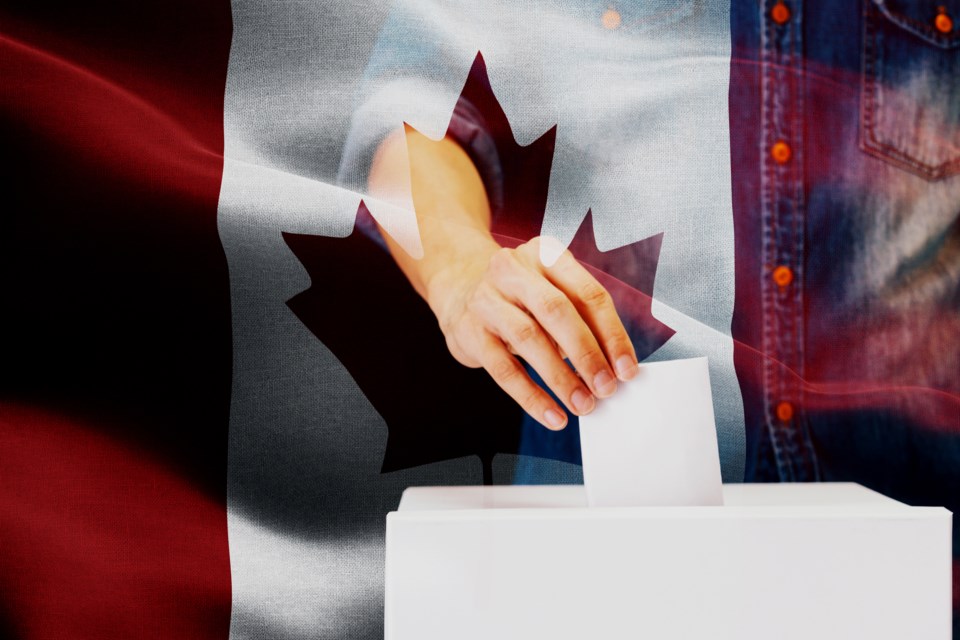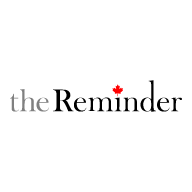Last week’s election, held in the midst of COVID-19, saw a larger percentage of northern residents stay home than any other election for at least the past 20 years.
Voter turnout in both northern ridings - Churchill—Keewatinook Aski for northern Manitoba, Desnethé-Missinippi-Churchill River in northern Saskatchewan - was historically low, receiving the lowest percentage of voters casting ballots as far back as at least the 1990s. Only 36.2 per cent of registered voters in Churchill—Keewatinook Aski actually voted, less than the previous lowest year in 2008 when 40.2 per cent of people turned in ballots. In Desnethé-Missinippi-Churchill River, 44.7 per cent of the riding’s eligible voters voted, down from 57.3 per cent in 2019 and the lowest since 2008, when 44.8 per cent of people in the riding made their voices heard.
For Churchill-Kewatinook Aski winner and NDP MP Niki Ashton, the amount of votes she received and the percentage of the ballot she received was her worst performance since 2006, when she ran for federal office for the first time and lost to Liberal candidate Tina Keeper. Ashton received 7,639 votes in total, garnering 42.6 per cent of the vote. While the percentage and votes for Ashton declined, the now-five-time-consecutive winner still won the riding by more than 17 percentage points.
Liberal candidate Shirley Robinson, who finished second in the election with 4,513 votes and 25.2 per cent of all ballots, received fewer votes than 2019 Liberal candidate Judy Klassen but finished five percentage points higher than Klassen. Conservative candidate Charlotte Larocque received 24.1 per cent of the vote and 4,330 votes in total - a small increase in percentage from 2019 candidate Cyara Bird while receiving almost 1,300 fewer votes.
Green Party candidate Ralph McLean saw a drop in overall votes received and in percentage of the vote, with his 3.1 per cent and 552 total votes a drop from when he received 4.8 per cent and 1,144 votes in 2019. The Peoples’ Party and candidate Dylan Young saw increases in votes cast and percentage, getting 900 votes and five per cent compared to Ken Klyne’s 294 votes and 1.2 per cent in 2019.
Northern Sask.
Things weren’t much better across the provincial border. Conservative incumbent Gary VIdal won the Desnethé-Missinippi-Churchill River seat again on election night, getting a higher percentage of the vote than he got in 2019 (48.6 per cent, up from 42.3 per cent) while getting fewer votes (10,036 in 2021 to 11,531 in 2019). The Liberal party candidate, Buckley Belanger, did slightly better by percentage than 2019 party candidate Tammy Cook-Searson, but received almost 1,700 fewer votes. Belanger got 26.8 per cent compared to Cook-Searson’s 26.5 per cent, but Cook-Searson had 7,225 voters pledge their support in 2019 - far higher than Belanger’s 5,533.
The NDP took a big dip, dropping more than 10 percentage points from 28.4 per cent in 2019 to 17.6 per cent this year. Candidate Harmonie King got 3,628 votes, less than half the votes then-incumbent Georgina Jolibois got in 2019 (7,741) in a losing effort.
Green Party candidate Nasser Dean Chalifoux also saw a big drop, taking the party from getting two per cent of the vote and 543 total votes in 2019 to only one per cent of the vote and 215 votes this year - last place out of six candidates. Once again, the Peoples’ Party candidate saw votes rise this year - Dezirae Reddekopp grabbed 4.9 per cent of the vote with 1,002 voters marking the “X” next to her name, up from the .8 per cent and 217 votes party candidate Jerome Perrault got in 2019.
Poll-by-poll results have yet to be released by Elections Canada. Nationwide, voter turnout across Canada dropped by nearly five percentage points to 62.3 per cent in total. Liberal leader Justin Trudeau won reelection, getting another minority government with 159 total seats won - four more than the party went into the election with.
In addition to being held in the midst of the COVID-19 pandemic, some experts say the short turnover time between the election announcement and election day - only 36 days separated the two - may have contributed to low turnouts.
According to the International Institute for Democracy and Electoral Assistance (International IDEA), voter turnout in elections held since March 2020 has shown a marked decrease around two-thirds of the time. The recent federal election also differs from others in that it was announced during the pandemic and not previously scheduled.
“Very few (if any) national elections have been held by choice during the pandemic. In fact, International IDEA’s pandemic election tracking shows that many elections were postponed early in the pandemic, with most of those being held later in 2020. However, the Canadian election that took place this past Monday (20 September 2021) may well be the first national election that was moved forward to take place during the pandemic,” reads an International IDEA report released Sept. 24.




